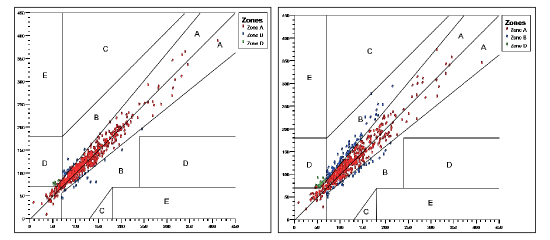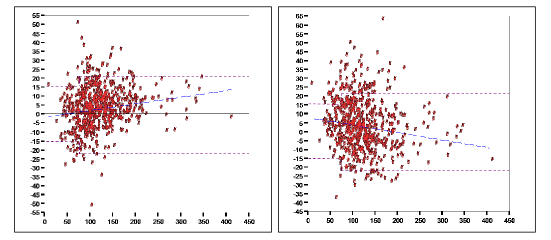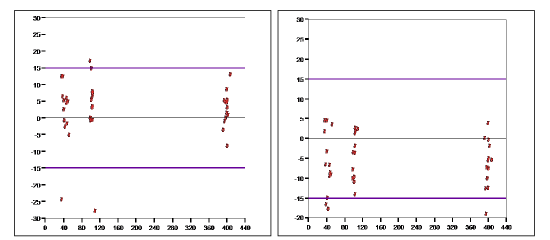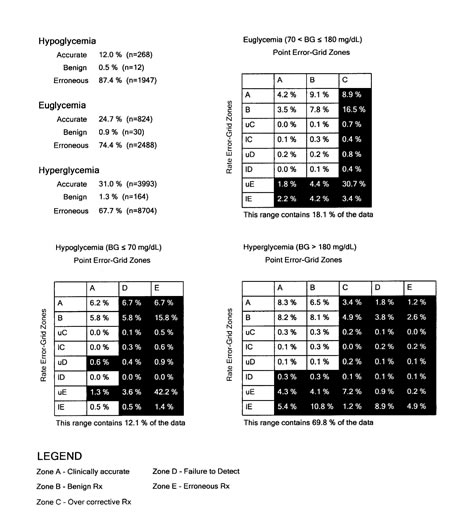CG-EGA



The Continuous Glucose-Error Grid Analysis (CG-EGA) is a Windows-based, statistical program designed for use by the diabetes technology industry in the evaluation of continuous glucose monitoring devices. It is a logical extension of the original error grid analysis (EGA), which was developed for assessing the clinical accuracy of patient-determined blood glucose values using either estimation or self-monitoring blood glucose systems. CG-EGA is based upon the premise that information being generated by a monitoring system should be reliable enough to result in clinically accurate decision making by the user. The CG-EGA technology was originally developed by Drs. William Clarke and Boris Kovatchev at the University of Virginia in Charlottesville, VA, USA.
Data Management
- Integrated spreadsheet with unlimited number of rows
- Correct handling of missing data
- Imports plain text format
Documentation
- Comprehensive electronic help file
- Technical Support Call Center
CG-EGA Analysis
- Creates separate error grid zones for analyzing continuous glucose sensor (CGS) clinical accuracy in terms of rate and direction of blood glucose (BG) change
- Displays both point and rate accuracy in error matrices for determining the clinical accuracy of treatment decisions
Evaluates the accuracy of CGSs separately for each of the following ranges:
- Hypoglycemia (BG ≤ 70 mg/dL),
- Euglycemia (70 mg/dL < BG ≤ 180 mg/dL), and
- Hyperglycemia (BG > 180 mg/dL)
References
- Kovatchev BP, Gonder-Frederick LA, Cox DJ, and Clarke WL. Evaluating the Accuracy of Continuous Glucose-Monitoring Sensors: Continuous glucose-error grid analysis illustrated by TheraSense Freestyle Navigator data. Diabetes Care 2004; 27:1922-1928. Link
- Kost GJ. Tran NK, Abad VJ, Louie RF. Evaluation of point-of-care glucose testing accuracy using locally-smoothed median absolute difference curves. Clin Chim Acta 2007; Dec 3. Link
System Requirements
- PC with Windows 2000® or XP®
- 64 Mb of memory
- 8 Mb free space on hard disk

